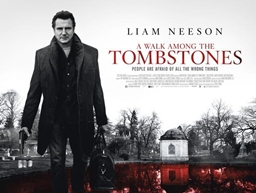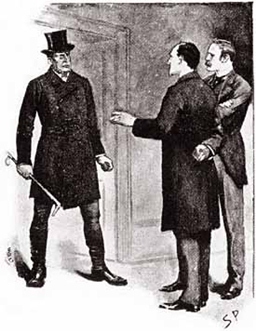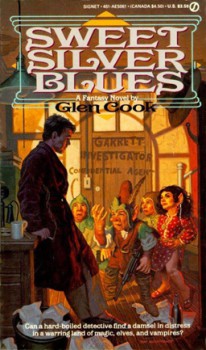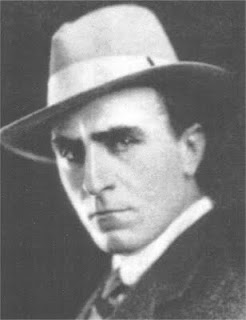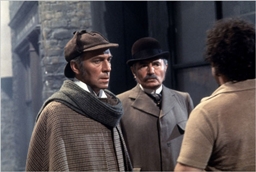The Public Life of Sherlock Holmes: The “Lost” Holmes Story
 There are 60 original Sherlock Holmes stories written by Sir Arthur Conan Doyle: 56 short stories and 4 novels (novellas, really). He also wrote two very short Holmes “bits” that are not included in the official Canon, though all acknowledge they are his works.
There are 60 original Sherlock Holmes stories written by Sir Arthur Conan Doyle: 56 short stories and 4 novels (novellas, really). He also wrote two very short Holmes “bits” that are not included in the official Canon, though all acknowledge they are his works.
In August of 1948, the Doyle Estate added a 61st story to the official list when Cosmopolitan proclaimed “FOUND! The Last Adventure of SHERLOCK HOMES, a hitherto unpublished story by Sir Arthur Conan Doyle.”
Included in that issue was “The Man Who Was Wanted,” a long lost Holmes tale from the pen of Doyle himself. Five months later, London’s Sunday Dispatch serialized it in three installments during January of 1949.
Rumors of the story’s discovery had started in 1942 and Hesketh Pearson, the man who found it while working on an authorized biography of Conan Doyle, had printed the beginning of the story and commented on it in Conan Doyle: His Life and Art.
Notable Baker Street Irregulars such as Edgar Smith, Vincent Starrett, and Anthony Boucher raised a hue and cry for the story to be published. For Sherlockians, this was on a par with the discovery of a Homeric account of the first nine years of the Trojan War!
